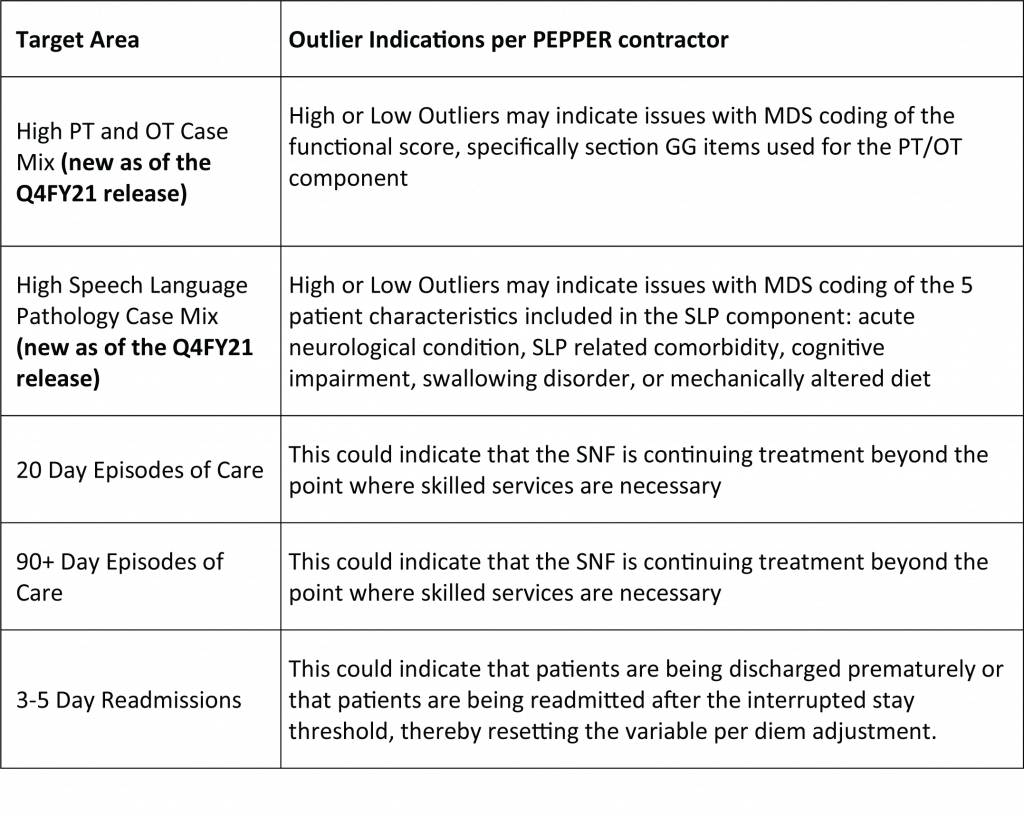Navigating without strong VBP options
To better position themselves over the next five to 15 years, post-acute providers should focus on local and regional partnerships, which have become even more important as the number of truly national skilled nursing providers dwindles, Tanner said. His companies aim their efforts on specific states, with services designed to meet needs of the populations there.
Fuller, meanwhile, suggested two specific strategies providers could use when offering to take on risk: shortening length of stay, in part by starting earlier the discharge planning process, which can add at least a day to resident stays; and building well-defined clinical service lines around conditions including congestive heart failure, pneumonia, sepsis and COPD.
Providers shouldn’t hold out for a bundle in which they can control Medicare or Medicaid dollars, Fuller reiterated. While some providers are successfully pursuing the ability to control Medicare lives through Institutional Special Needs Plans, other options remain limited. The Direct Contracting Model, for instance, previously offered a Medicaid Managed Care option, but CMS is not taking applications in 2022.
That said, if a high-needs track for dual-eligibles comes back, it “could be a path forward for SNF operators to take risk,” Fuller said.
Pressure is growing on and within CMS to empower providers with more value-based payment opportunities as a way of ensuring they can continue to operate.
CMMI director Liz Fowler said last week that she expects her agency to lean heavily on value-based care, raising the possibility of making some models mandatory in the near future.
And a May report by Duke’s Margolis Center for Health Policy found that few VBP models “have been specifically developed for SNFs or with the goal of specifically improving both quality and costs at facilities.”
“VBP models have potential to supply more reliable revenue and support high-quality care, but more opportunities for SNFs to participate in VBP are needed if that potential is to be realized,” the authors reported, noting that a change as simple as streamlining the 3-day waiver process could encourage more providers to participate. “Most prior SNF-focused payment reforms have been pay-for-performance models, which have had modest results. There may be opportunities for more advanced VBP models, such as identifying how SNFs can be part of Medicaid ACO models. Any Medicaid VBP model has to be carefully designed so as to attract SNF participation given the expressed concern about Medicaid rates for long-stay residents.”
In the meantime, Tanner, making a “Hamilton” reference, told providers it’s critical they get into the room where “it” happens. That means bringing the right metrics to payers more concerned with medical loss ratios than MDS data — and then offering to share the risk of caring for high-cost populations.
Executing successfully could provide a cushion against occupancy that may never fully rebound, he added.
“From a performance perspective, if they have a portion of your risk … you’d certainly feel more confident if they had skin in the game and you’d utilize them more, which is sort of the win-win we’re going for,” Tanner said. “I believe that truly getting in front of your payers, the people that have money in their pocket and can put it into yours, and saying that you’re willing and able to get into a risk-type arrangement with them, that will make some noise.”





